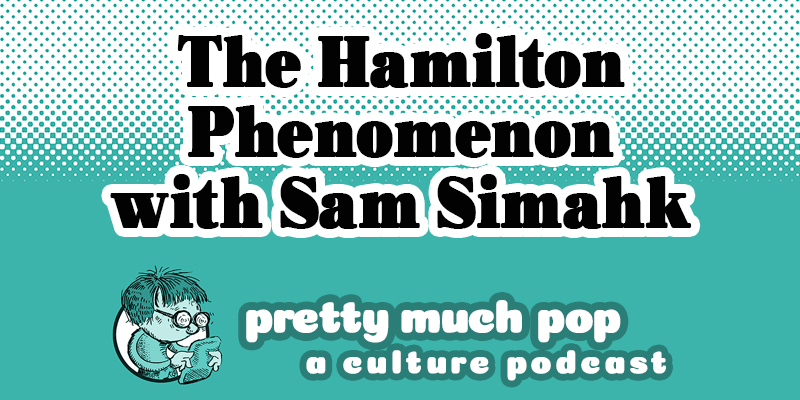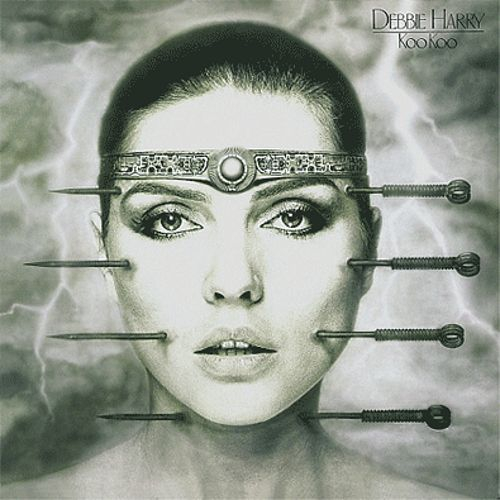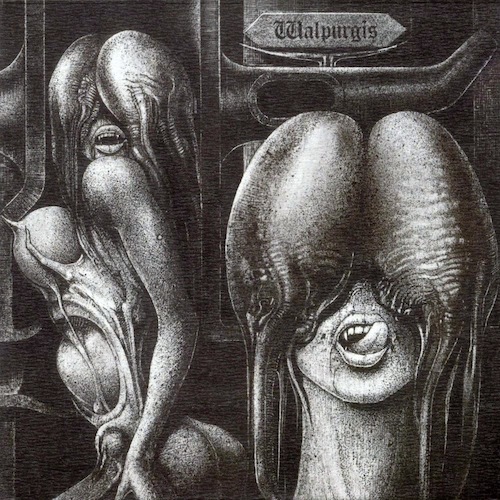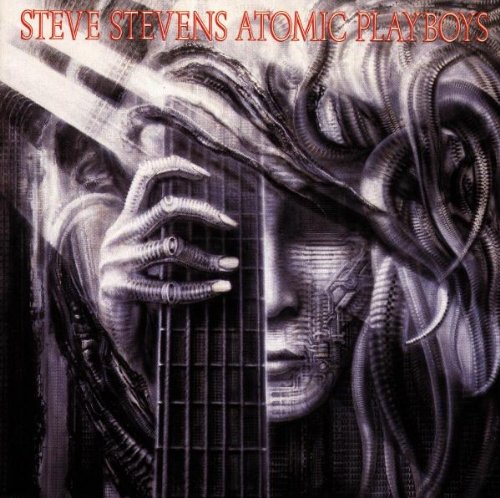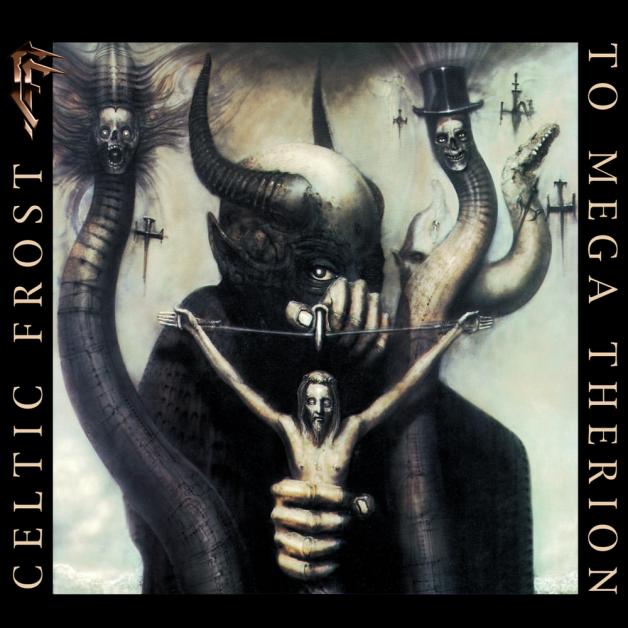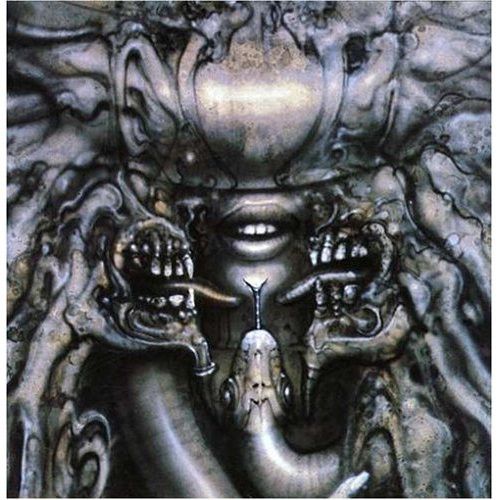The phrase “when Dylan went electric” once carried as much weight in pop culture history as “the fall of the Berlin Wall” carries in, well, history. Both events have receded into what feels like the distant past, but in the early 1960s, they likely seemed equally unlikely to many a serious Bob Dylan fan in the folk scene. They also seemed equally consequential. To understand the culture of the decade, we must understand the import of Dylan’s appearance at the Newport Folk Festival in 1965, backed by Mike Bloomfield and other members of the Paul Butterfield Blues Band.
The death of rock and roll in the 50s is often told through the lens of tragedy, but there was also anger, disgust, and mass disaffection. The Payola scandal had an impact, as did Elvis joining the army and Little Richard’s return to religion. Rock and roll was broken, tamed, and turned into commercial fodder. Simply put, it wasn’t cool at all, man, and even the Beatles couldn’t save it singlehandedly. Their arrival on U.S. shores is mythologized as music history Normandy—and has been credited with inspiring countless numbers of musicians—but without Dylan and the blues artists he imitated, things would very much have gone otherwise.
In the early 60s, Dylan and the Beatles’ “respective musical constituencies were indeed perceived as inhabiting two separate subcultural worlds,” writes Jonathan Gould in Can’t Buy Me Love: The Beatles, Britain, and America. “Dylan’s core audience was comprised of young people emerging from adolescence—college kids with artistic or intellectual leanings, a dawning political and social idealism, and a mildly bohemian style…. The Beatles’ core audience, by contrast, was comprised of veritable ‘teenyboppers’—kids in high school or grade school whose lives were totally wrapped up in the commercialized popular culture of television, radio, pop records, fan magazines, and teen fashion. They were seen as idolaters, not idealists.”
To evoke anything resembling the commercial pablum of Beatlemania, and at Newport, no less, spoke of treason to folk authenticity. Some called out “Where’s Ringo?” Others called him “Judas.” Dylan’s set “would go down as one of the most divisive concerts ever”—(and that’s saying a lot)—“putting the worlds of both folk and rock in temporary identity crisis,” Michael Madden writes at Consequence of Sound. The former folk hero accomplished this in all of three songs, “Maggie’s Farm,” “Like a Rolling Stone,” and “Phantom Engineer,” an early take on “It Takes a Lot to Laugh, It Takes a Train to Cry.” Pete Seeger famously “threw a furious tantrum” upon hearing the first few bars of “Maggie’s Farm,” above, though he’s since said he was upset at the sound quality.
The moment was defining—and Dylan apparently decided to do it on a whim after hearing Alan Lomax insult the Paul Butterfield Band, who were giving a workshop at the festival. He came back onstage afterward to play two acoustic songs for the appreciative audience who remained, unfazed by the vehemence of half the crowd’s reaction to his earlier set. Yet the revolution to return rock to its folk and blues roots was already underway. Within six months of meeting Dylan in 1964, Gould writes, “John Lennon would be making records on which he openly imitated Dylan’s nasal drone, brittle strum, and introspective vocal persona.” (Dylan also introduced him to cannabis.)
In 1965, “the distinctions between the folk and rock audiences would have nearly evaporated.” The two met in the middle. “The Beatles’ audience, in keeping with the way of the world, would be showing signs of growing up,” while Dylan’s fans showed signs of “growing down, as hundreds of thousands of folkies in their late teens and early twenties” rediscovered “the ethos of their adolescent years.” They also discovered electric blues. Newport shows Dylan accelerating the transition, and also signified the arrival of the great electric blues-rock guitarists, in the form of the inimitable Mike Bloomfield, an invading force all his own, who inspired a generation with his licks on “Like a Rolling Stone” and on the absolute classic Paul Butterfield Blues Band debut album, released in The Year Dylan Went Electric.
Related Content:
Tangled Up in Blue: Deciphering a Bob Dylan Masterpiece
A Massive 55-Hour Chronological Playlist of Bob Dylan Songs: Stream 763 Tracks
Classic Songs by Bob Dylan Re-Imagined as Pulp Fiction Book Covers: “Like a Rolling Stone,” “A Hard Rain’s A‑Gonna Fall” & More
Josh Jones is a writer and musician based in Durham, NC. Follow him at @jdmagness
